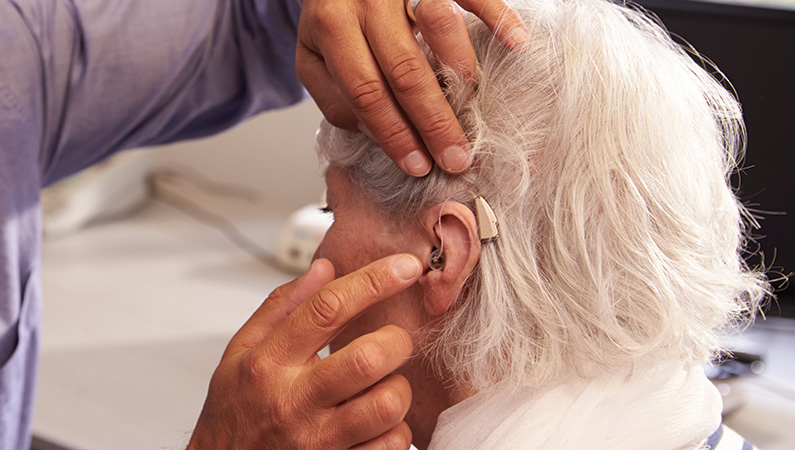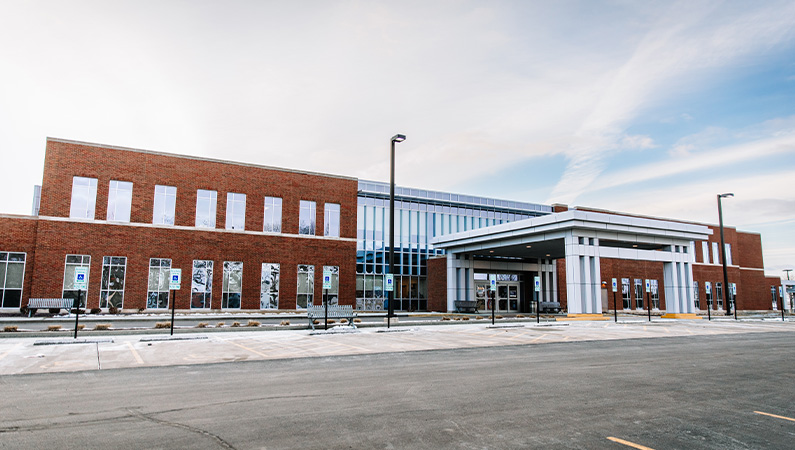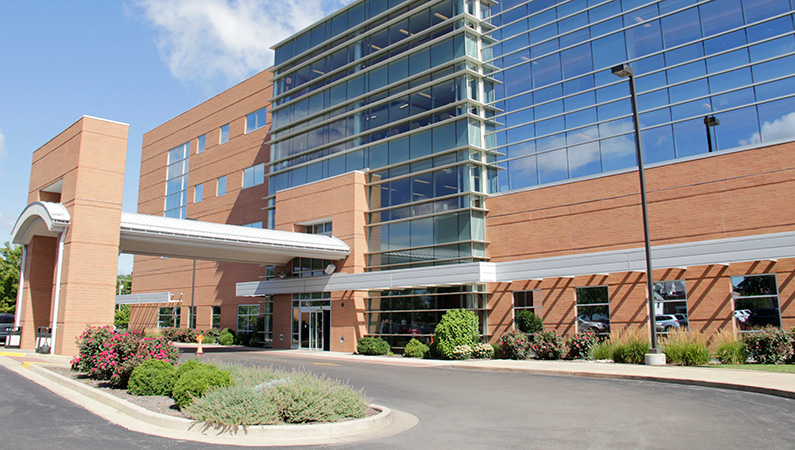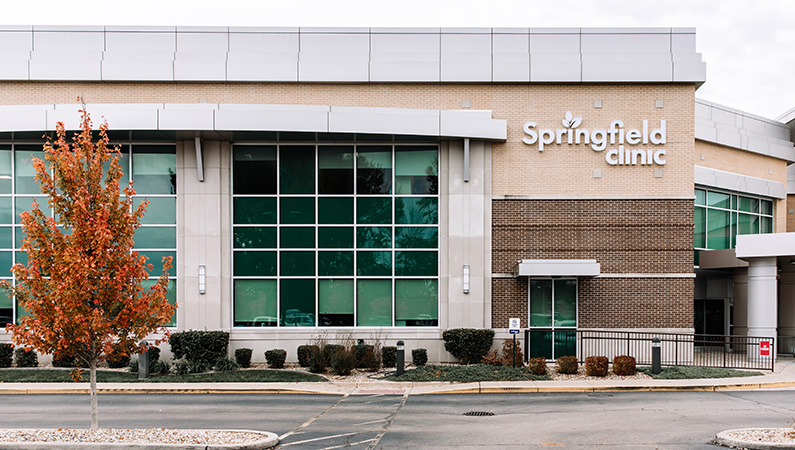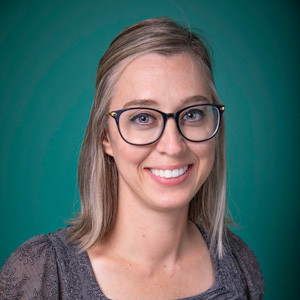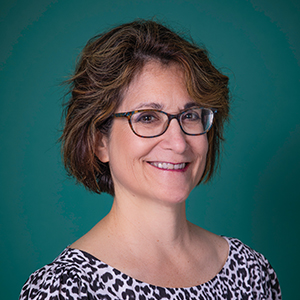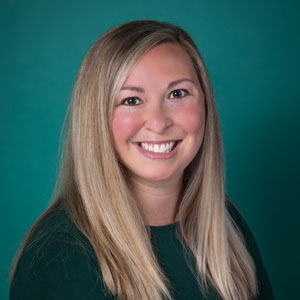We believe hearing is essential to quality of life. When you visit Springfield Clinic's Audiology Department, you will be evaluated and treated to reach your optimal level of hearing. We offer the latest in hearing technology to deliver improved hearing for patients, as well as hearing aid repair and hearing aid testing.
2023 SJR Readers' Choice award for Hearing Aid/Hearing Specialist Center

